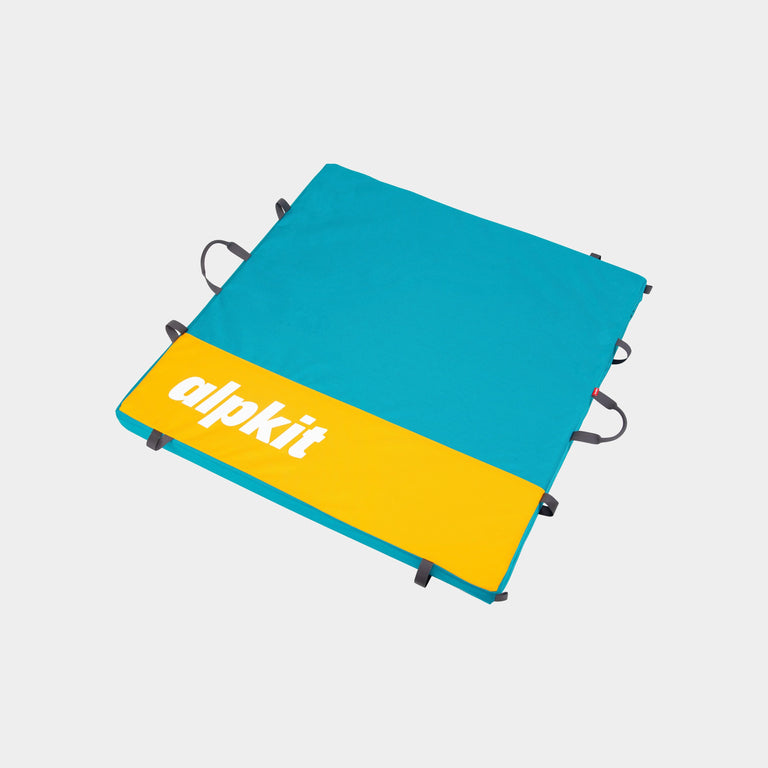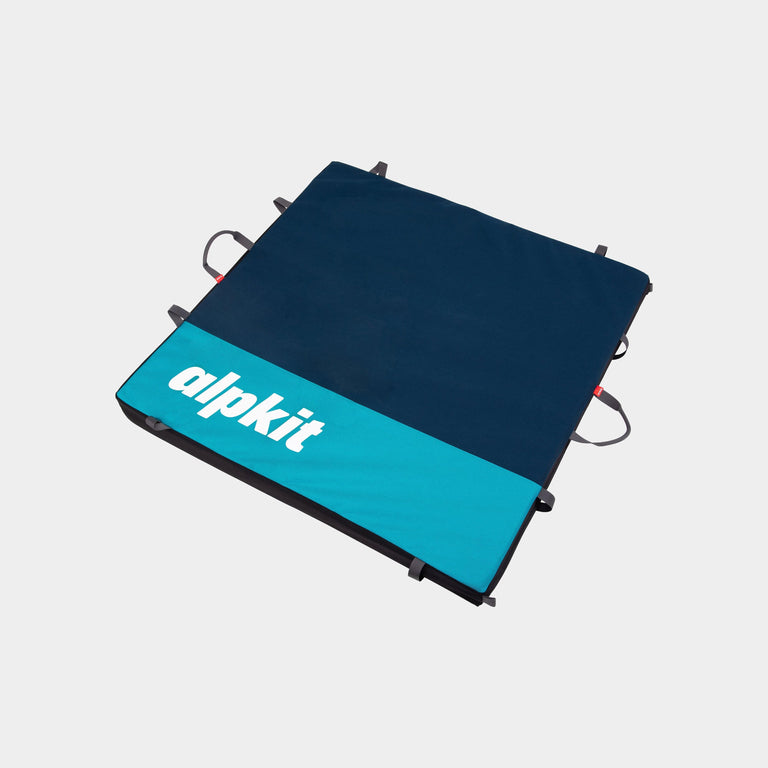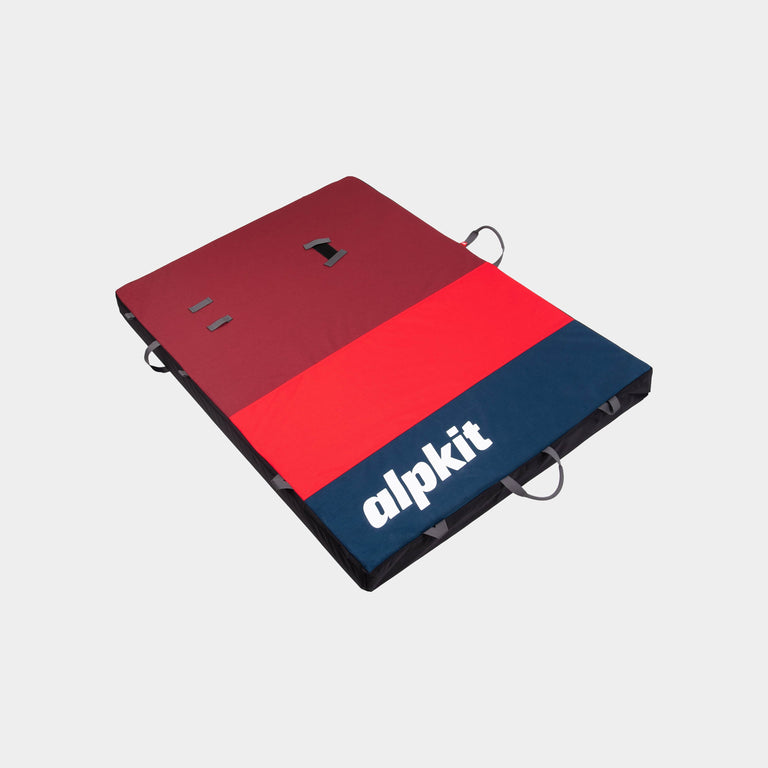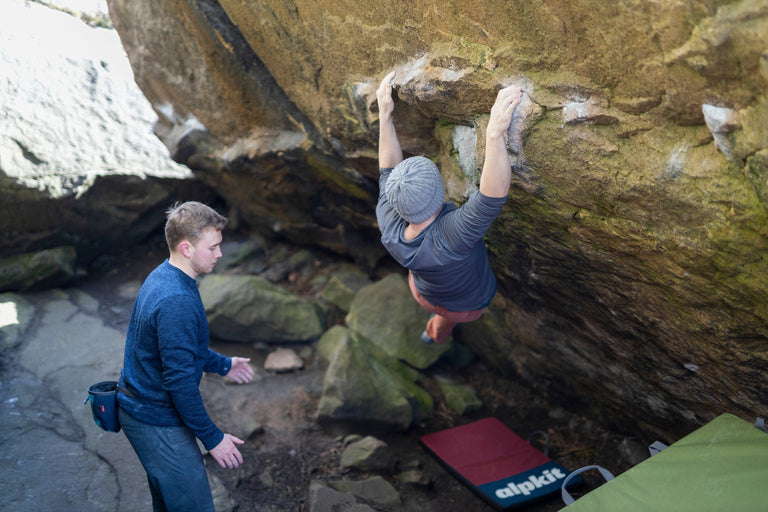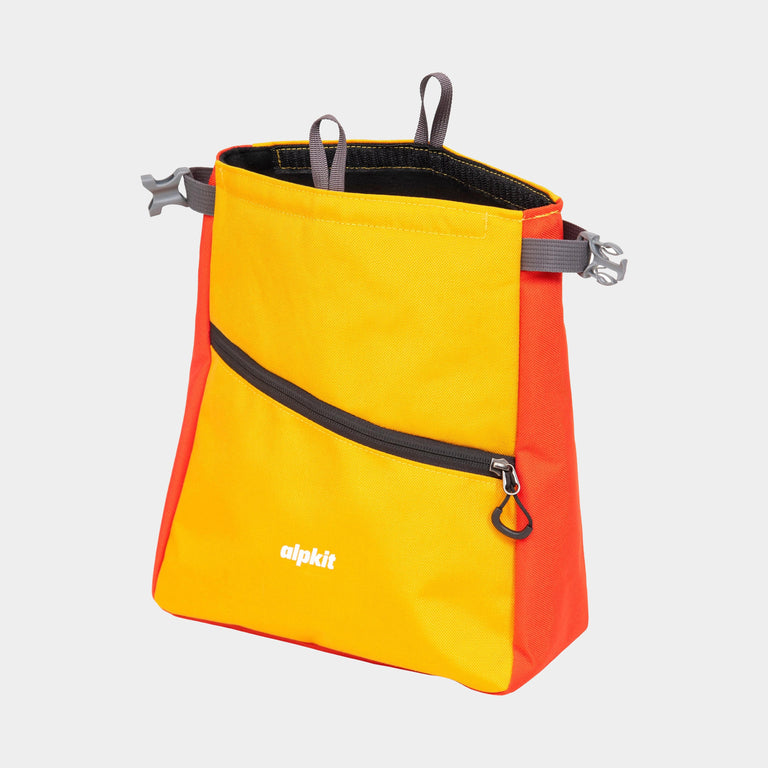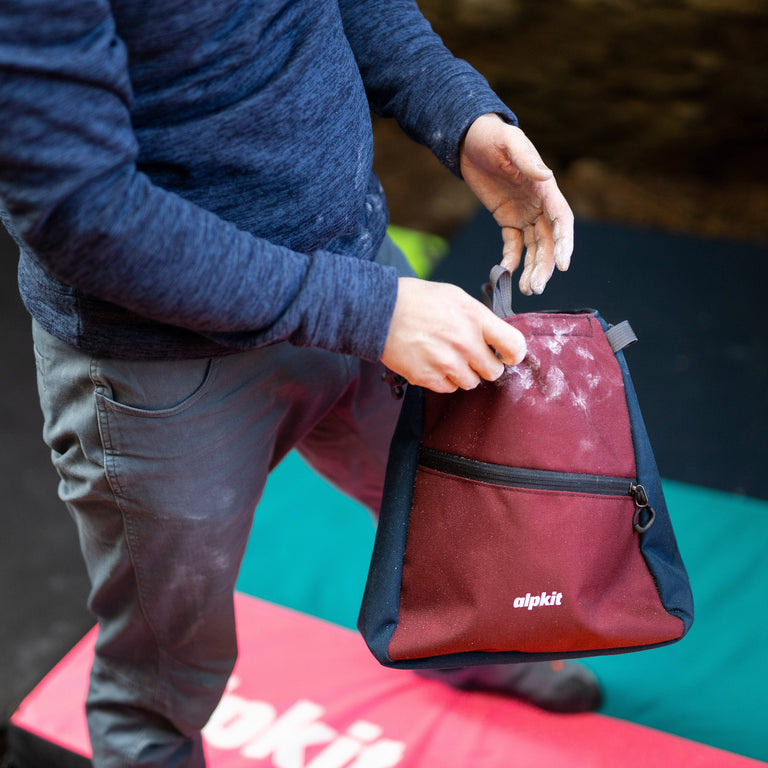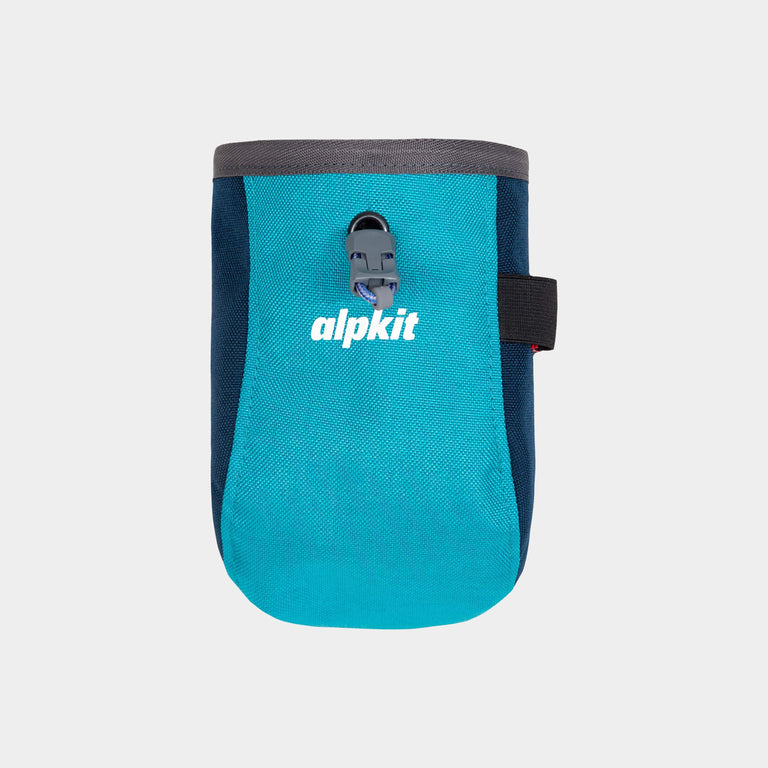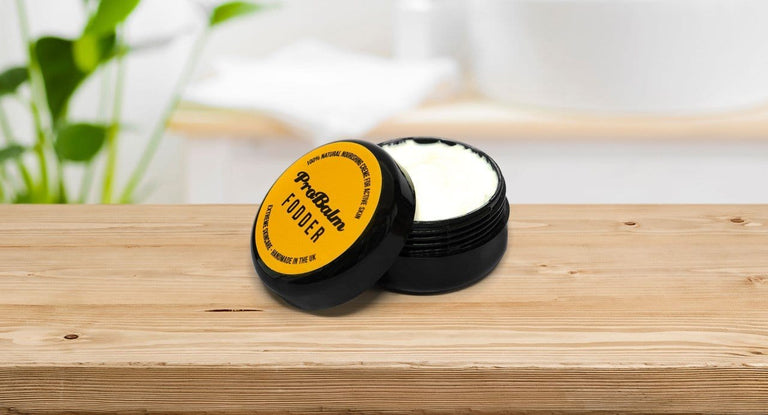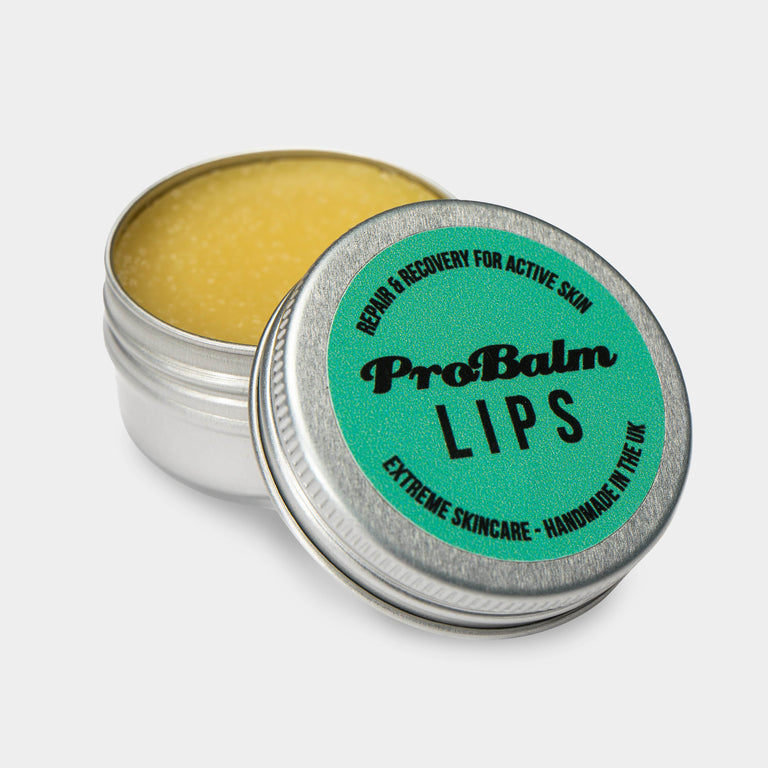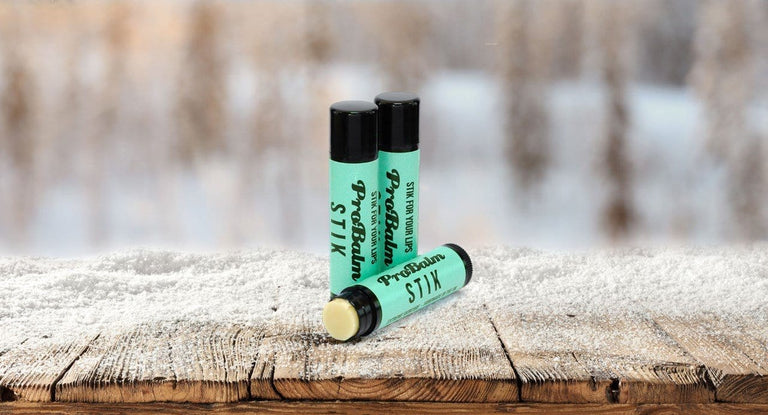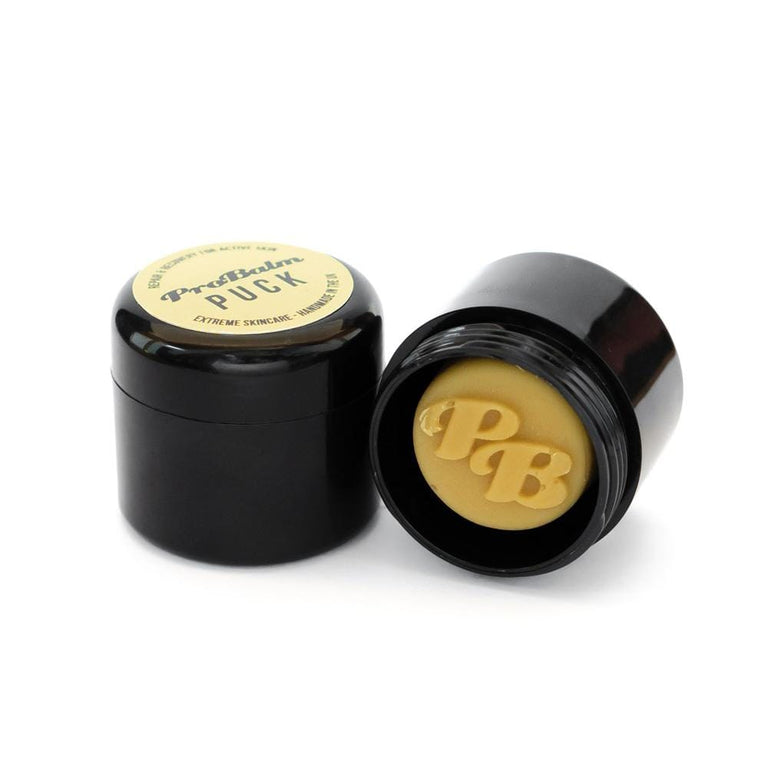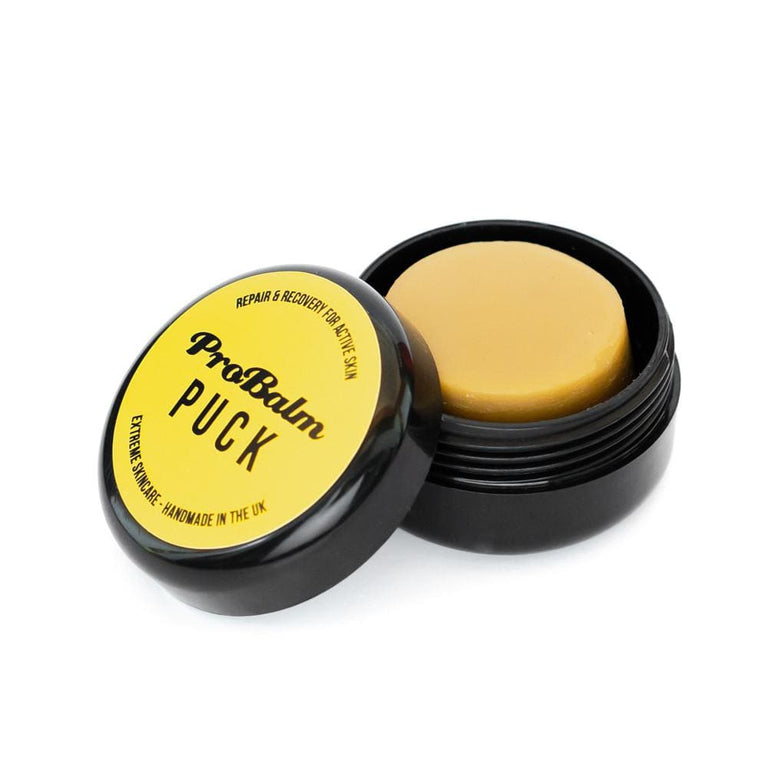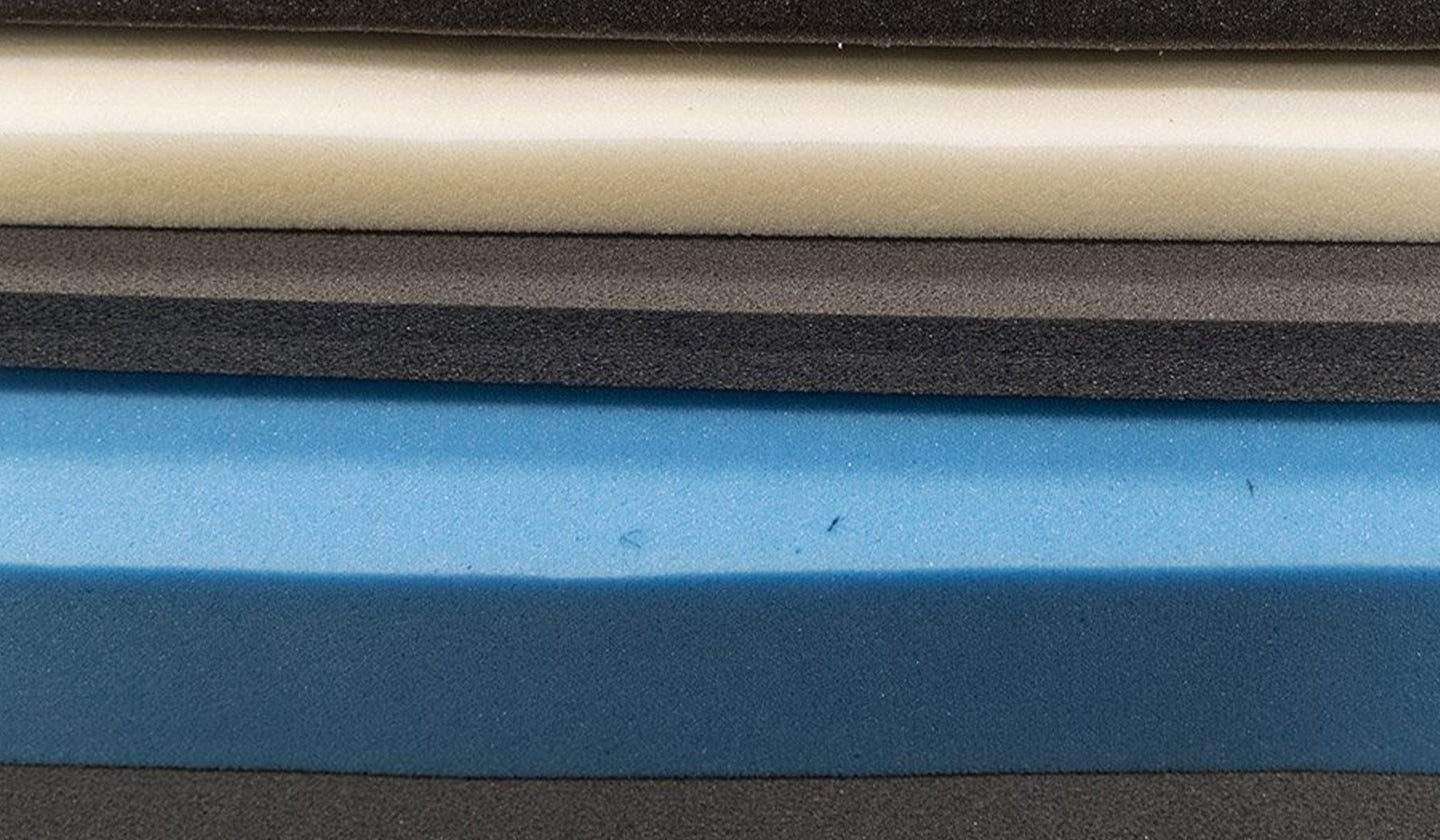
Identify high-quality crash pad foam and maintain your gear properly by understanding the types and characteristics of foam to look for and how to care for it.
Foam is the most important part of your bouldering pad. Sure it may have a funky design, hardwearing fabrics and the fanciest carry system going. But if the foam’s no good, you definitely don't want to fall on it!
We're foam fanatics at Alpkit – foamnatics, if you like. We only use highest perfoamance foam. What we don't know about foam isn't worth knowing. Here's everything you'll ever need to know when choosing a bouldering mat.
Bouldering Mat Foam Explained
- What is the best foam for bouldering pads?
- How to identify good quality foam
- What types of bouldering mat foam are there?
- How to store your bouldering mat

What is the Best Foam for Bouldering Pads?
In theory, the ideal foam for bouldering pads is a thick, soft, high density natural PU foam (think gymnastic crash pads/mats at climbing walls) which will absorb energy slowly for a softer fall.
Unfortunately this foam is incredibly heavy, so we have to make a compromise. It doesn’t matter how good your pad is if you can't manage to carry it to the problems! You want your foam to cushion your fall and cover lots of your landing zone, all whilst being portable and durable.

How to Identify Good Quality Foam
Pay close attention to the foam density of your bouldering mat. Not all foam is created equal, especially when it comes to repeatedly landing on it. Some types of foam are prone to softening much quicker than others.
Foam density tells us how durable and supportive a PU foam is. It measures mass per volume of foam and is usually shown as 'kg/m³'. Through flex fatigue testing, several studies have indicated that the higher the polymer density of the foam, the slower the rate of degradation and softening. A soft pad isn’t as supportive and won't last as long.
Foam to avoid
Very often, foam used for portable bouldering mats contains additives which artificially harden it for its density. The result is a lighter pad that still feels hard. This sounds ace, but it comes at a cost to durability. Although the foam plus additives is technically denser, the polymer density isn’t any higher. And it’s the polymer density that actually counts.
This is also why the foam in your pads start to degrade and become soft after a few years of use, whereas the foam in your bed's mattress (the same foam, fact fans) will last ten years or more. Good quality, high density foam may be heavier and costlier, but it will last longer. Light hard foam is cheaper but will soften quickly! The weight of a mat can often be a better indication of its quality than its hardness.

What Types of Bouldering Mat Foam are there?
There are two main types of bouldering mat foam: open cell foam and closed cell foam. The ideal foam should be soft on small falls, but very resistant to bottoming out when you hit it from height. To make this possible in a portable, durable crash pad, we make our pads by using layers of both open and closed cell foam.
Open Cell Foam
Open cell foam absorbs the impact of your falls. It’s a softer, lighter foam that makes up the core or bottom of your pad. If you looked at open cell foam under a microscope, you'd see that it's made up of lots of irregularly shaped 'cells' that are all linked together. These air-filled foam cells compress when you fall on them, squeezing all the air out. The sponge you'd use to wash your car (yeah, alright, we never bother either!) is made from open cell foam.
Closed Cell Foam
Closed cell foam distributes your weight across the landing surface so you don’t ‘bottom out’ (compress the foam so much that you hit the ground through your pad). Closed cell foam is used for the top layer of your pad. Closed cell foam manages this because it’s made up of rigid, uniform cells that don’t really compress when you fall on them. Foam roll mats for camping are also made from closed cell foam.
The Foam Sandwich
Two layers of foam is pretty standard, with a top layer of closed cell foam and a base of open cell. Pads designed for higher impact falls often use 3 layers of foam (closed-open-closed) to provide a second layer of protection as the risk of bottoming out is much higher.

How Do You Store Your Bouldering Mat?
Make your foam last longer by storing both taco and hinge style crash pads open and flat. It's easier said than done when you're already fighting for space at home. But it's worth finding the space when the result is even more years of bouldering abuse. It's definitely worth it. Alpkit Website Monkey Dan uses his as a coffee table! (That tablecloth is fooling no one, Dan.)
Store your mat clean and dry
Make sure your mat is clean before storing. This keeps your mat in good shape and stops it from stinking out the house. To clean your bouldering pad, wipe the cover clean with a damp rag or scrub it with a soft brush. Use a soap-based detergent to shift all the grit engrained along the stitching line without damaging the fabric.
Wet mats end up smelly and mouldy, so air dry your mat before storing it. To dry out damp foam, unzip the cover to allow the air to circulate through the foam. Never prop your mat next to a radiator or use a hair drier on it. The fluctuating temperatures could cause the foam to degrade quicker. Removing the foam is also best avoided. The foam is super durable inside its cover, but it becomes very delicate once removed. Much like a tortoise really!
Replacing your bouldering mat foam
Extend the life of your battered bouldering mat by treating it to some new foam. Most bouldering mats allow you to carefully remove the foam. Get in touch with customer support with the dimensions of your mat for a quote. If your mats shell also needs patching up our Repair Station may also be able to help.





